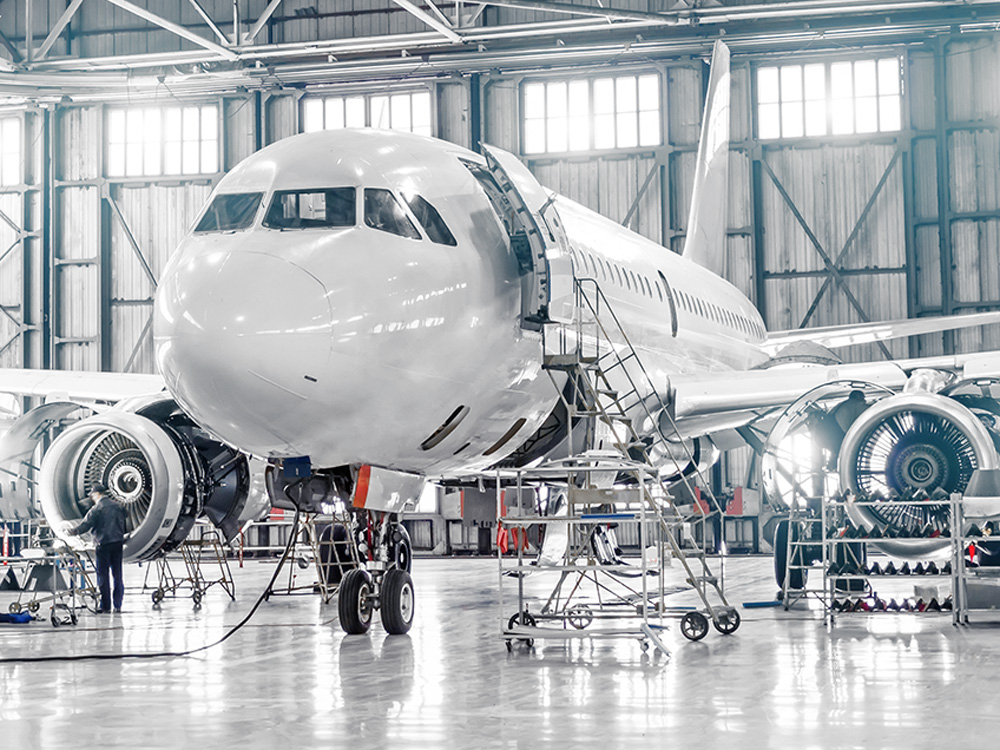
FFF 3D printing explores new opportunities for aerospace
3D printing FFF technology applications for the aerospace industry have already become a significant part of aerospace production. We expect the trend of using additive manufacturing in aerospace will increase regularly. Working closely with our clients, at 3DGence we perfectly understand the challenges that aviation companies face nowadays. The sector is about a huge technological change regarding its environmental impact. Additive manufacturing gives aerospace companies powerful tools to make the change happen. Achieving net-zero carbon emission commitment requires large-scale innovation, open-minded managers, and implementing comprehensive solutions that will make aerospace more eco-friendly. The constantly growing high-performance polymers and composites market gives a great opportunity to manufacture extremely durable end-use parts that are lighter than metal replacements and still resistant to high temperatures, pressure, impact, chemicals, and various factors.
Benefits of 3D technology for aerospace
Reduced weight of components (up to 40-60%), resulting in lower carbon emission, is not the only benefit of implementing FFF 3D printing. In fact, the technology enables the user for much more. An industrial 3D printer allows the manufacturing of complex parts, design optimizations, and customizations. Another critical aspect of using 3D technology is rapid prototyping – thanks to that, engineers can easily put their ideas into physical objects and test how they work in a real environment. Aviation companies use 3D printing technology for rapid tooling and rapid manufacturing, printing spare parts used in aircraft maintenance. Creating elements and tools on demand significantly reduces the costs of storage and logistic processes, simultaneously eliminating obsolete problems and cutting down on material waste. The aerospace sector appreciates additive manufacturing for functional integration and flexible production planning, too.
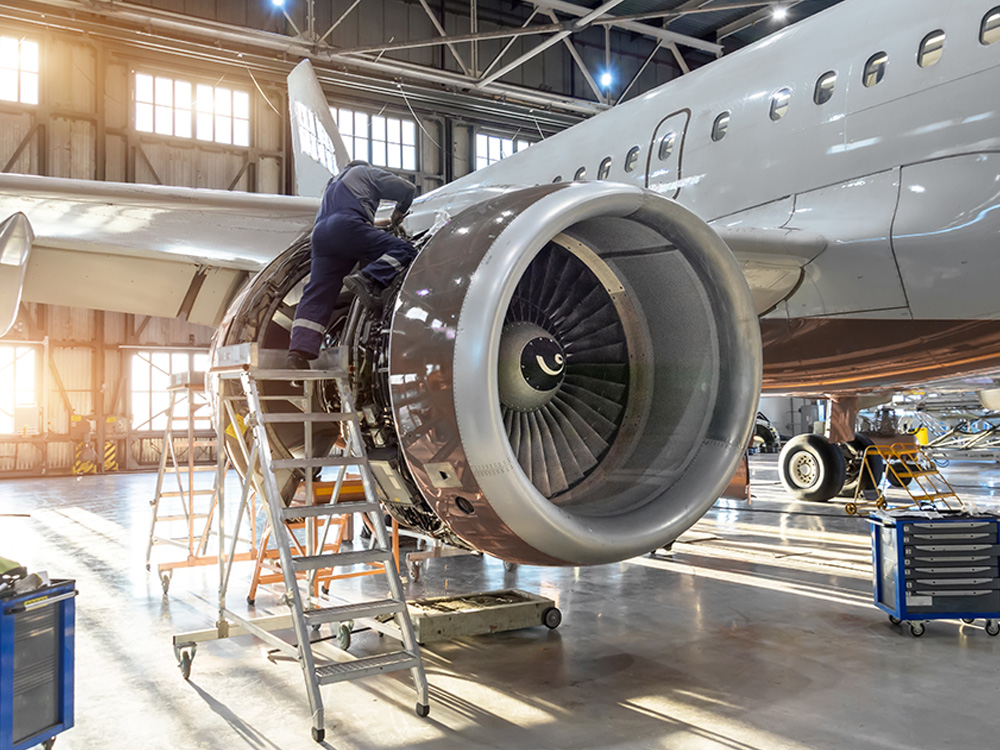
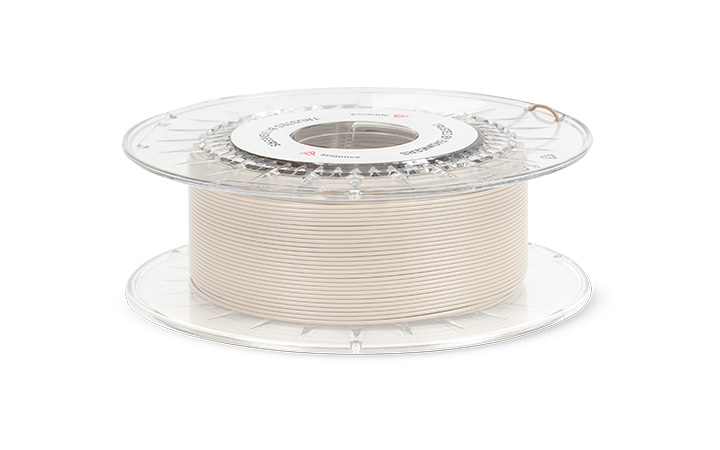
Materials you can rely on
Aviation is an excellent example of a sector where safety is mandatory. The highest standards in this field can be achieved only by printing with high-performance polymers. Some of them exhibit mechanical properties usually reserved for metals and can be inherent flame-retardant. ULTEM™ 9085, PEEK, PEEK Areo, and PEKK – these thermoplastics offer top resistance to heat, chemicals, and environmental factors. The given filaments are extremely strong and can work in stress conditions.
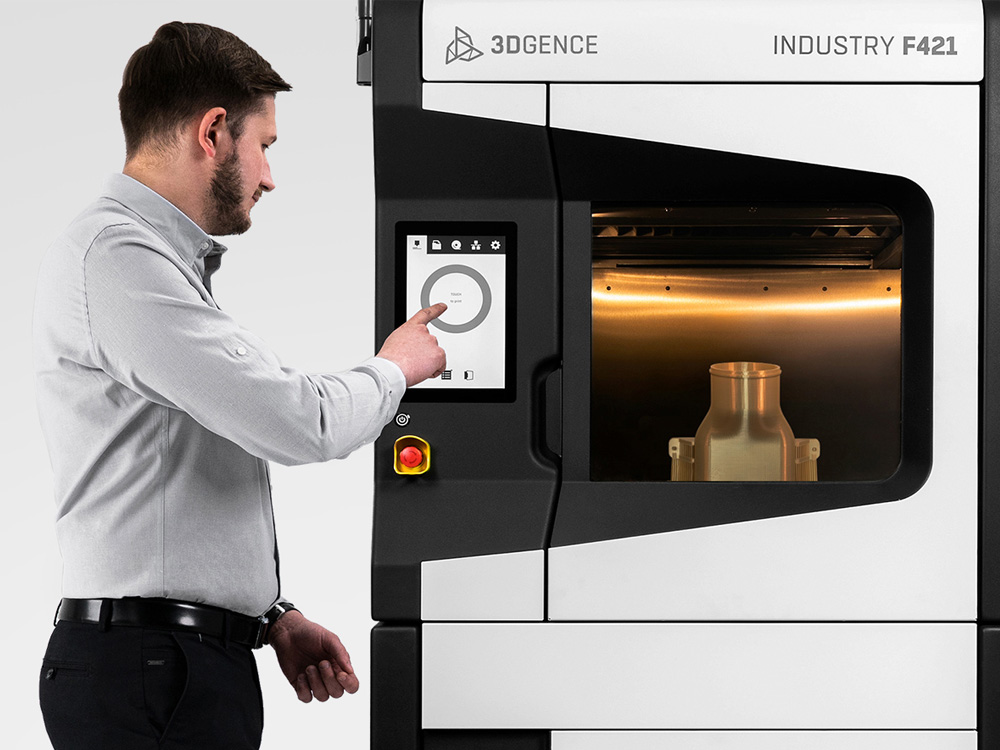
3DGence – the sky is the limit for additive manufacturing
FFF 3D printing technology and high-performance polymers offer great opportunities for the most demanding sectors, such as aerospace. However, to reach the full potential of additive manufacturing, you need to perform true industrial 3D printer. Our flagship product, INDUSTRY F421 delivers the best conditions for making precise and durable printouts. 3DGence printers are equipped with a heated chamber, advanced safety features, high printed speed, and large build volume. However, we give you much more than just a top-class printer with useful accessories and a 3-year warranty. We deliver the 360° solution instead of a product. Our offer comprises a vast range of certified materials (including PEEK AS9100), compatible software, and Material Management System™ (MMS) that automates material storage, preparation, and post-print annealing – making them quicker and easier than ever before. MMS provides full process control, print traceability, and seamless material preparation. Our engineers will guide you through the process of implementation, and provide support services if needed.
$3.995 bln
2024 estimated market value
According to BCC Research global market for 3D printing in aerospace will reach $4.379 bln in 2024.
21.5%
2019-2024 CAGR
According to BCC Research 2019-2024 CAGR for 3D printing in aerospace will be 20.7%.
55%
Cost savings
Based on A global sustainability perspective on 3D printing technologies. Energy Policy. Projected cost savings by 2025 are between 40% and 55%.
75%
Reduction in CO2 emission
Based on A global sustainability perspective on 3D printing technologies. Energy Policy. Projected reduction in CO2 emission by 2025 are between 38% and 75%.
Safety and compliance in the first place
Benefit from 3DGence expertise and use the solution that ensure safety, consistency and high performance.
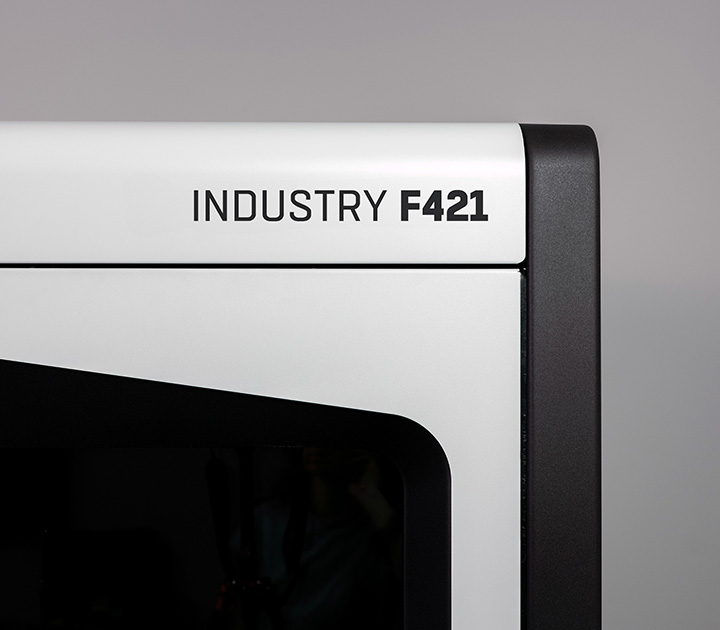
INDUSTRY F421
Meet our flagship 3D printer dedicated for high-performance materials used in the most demanding applications. The real industrial 3D printer that will shift you from rapid prototyping to rapid production, even in demanding segments as aerospace industry.
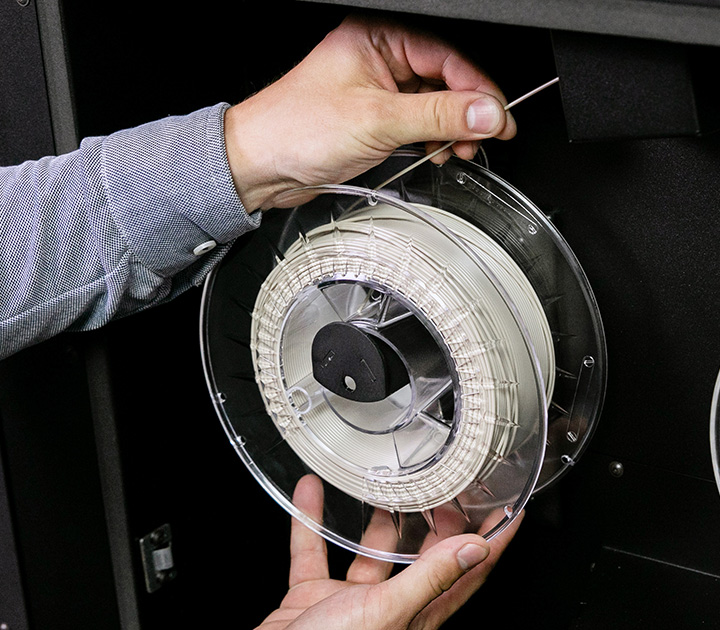
PEEK AS9100
One of the most durable and resistant polymers – PEEK – is now available also with aerospace AS9100 certification. 3DGence wants to provide only the materials you can trust. Wide range of highest performing ultra-polymers and composite materials, thoroughly tested, certified and fully traceable – that makes the difference.
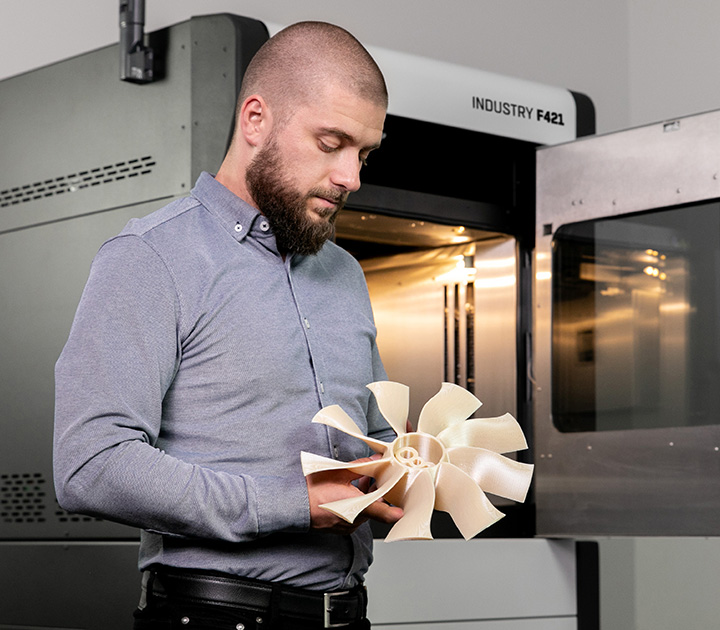
CONSULTING
Our experts work every day hand in hand with the customers of various market segments. Designated aerospace team is here for the customers of one of most demanding requirements among all the industries, don’t hesitate to contact them and ask for help.
Let’s discuss your project
